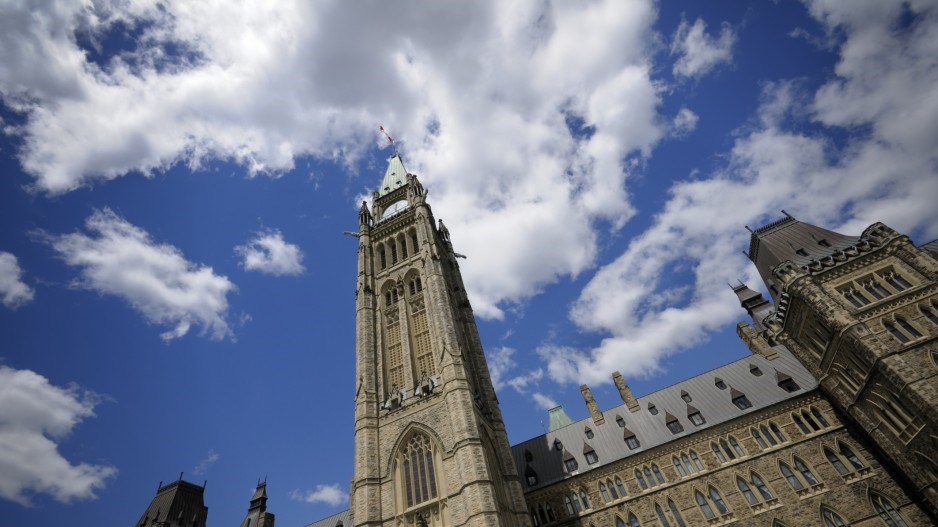According to the Trudeau government fall economic update released Tuesday, the government will spend nearly $500 billion on programs and debt interest this year and run a deficit of $40 billion.
By 2027-28, the government expects to rack up $271 billion more in total debt than originally forecasted in its spring budget, continuing the reckless debt accumulation that has helped define this government’s fiscal policy.
Yet Prime Minister Justin Trudeau insists his government has “a responsible fiscal track,” again claiming that Canada has the lowest net debt-to-GDP ratio among G7 countries (Germany, Italy, Japan, France, the United Kingdom and the United States).
Indeed, data from the International Monetary Fund (IMF) shows Canada has the lowest net debt-to-GDP ratio – a measure that compares debt to the size of the national economy – in the G7. Extending the analysis to a broader set of 33 developed countries yields a similar result, as Canada’s net debt ranks sixth lowest at 14.6 per cent of GDP.
But there’s a problem with using net debt to compare our indebtedness with other countries.
To calculate net debt, you subtract a government’s financial assets from its total (gross) debt, with the implicit assumption that those assets could be used to offset debt. But the financial assets used to calculate Canada’s net debt include the Canada and Quebec pension plans (CPP and QPP).
Assets in the CPP and QPP are needed to provide pensions for current and future retirees in Canada. Therefore, Canadian governments cannot presumably draw from these assets to offset government debt without compromising the plans’ ability to meet obligations to pensioners. This means Canada’s net debt understates its indebtedness – a problem not faced by other countries.
Net assets in the CPP and QPP totalled roughly $699 billion in mid-2023, while according to the IMF, the difference between Canada’s gross debt and net debt will be roughly $2.6 trillion by the end of 2023, which means that more than one-quarter of the difference between Canada’s gross and net debt is due to the CPP and QPP.
That said, a better measure of Canada’s indebtedness, compared to other countries, is to compare gross general government debt to GDP. According to the IMF, gross debt includes “all liabilities that require future payment of interest and/or principle by the debtor to the creditor.” For Canada, a federal country where provinces have important constitutional powers and spend significantly, it’s important to use general government debt (i.e. gross debt of all levels of government) as a measure.
When comparing Canada’s gross general government debt-to-GDP with the same developed countries, Canada falls to 27 out of 33. This is a 21-position decline in ranking from Canada’s sixth-place standing when simply measuring net debt-to-GDP. At 106 per cent of GDP, Canada’s gross debt is also higher than debt levels in Germany and the U.K., meaning Canada doesn’t rank best among G7 countries.
The Trudeau government has typically justified its borrowing by referencing Canada’s low level of indebtedness relative to other developed countries. This is misleading, and in reality, Canada’s government debt is high relative to other comparable countries.
Jake Fuss and Grady Munro are fiscal policy analysts at the Fraser Institute.





